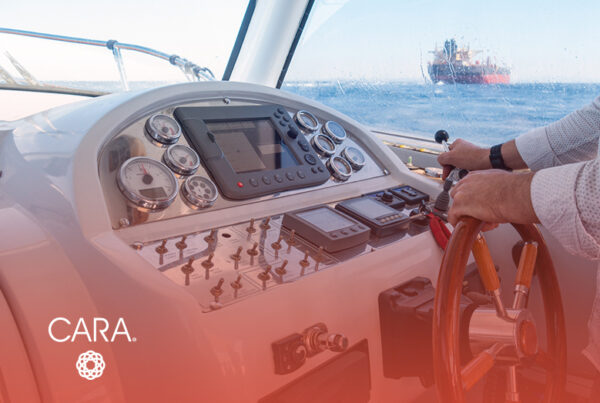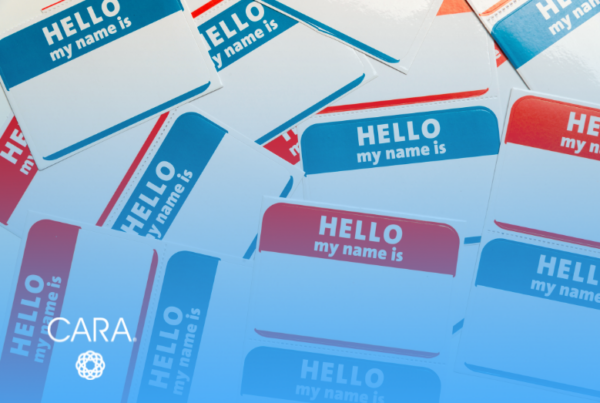
For the last 500+ days, many of us have had the privilege of working from the comfort of our own homes – productively, I might add. While I reflect on this most unique period of my career, I have had the pleasure of experiencing six changing seasons, the joy of hearing my two boys interact with eLearning or the periodic disruptions when they bust through my office door, and watched the sun rise and set before my eyes for nearly 18 months! Most recently, however, these experiences have changed with the ‘newest normal’, as I hear and see neighbors interacting and children playing. As we now broaden our perspective to contemplate work life outside of our homes, feelings such as excitement, relief, and yes, uncertainty, are conjured up.
And so, I ask: What does this mean for us as leaders and employees?
EMPLOYEES IN THE DRIVER’S SEAT
As millions of employees, managers, and leaders set their sights on returning to a physical workplace, there is a collective sigh that work-life will never be the same. No matter where you sit on the return-to-work continuum, there are no prior experiences to draw from or instruction manuals to follow on how and when we return to a physical workplace. While there is no shortage of blogs highlighting this critical employee migration on LinkedIn and many other social platforms, there is one common theme across all articles and that is that there are more unknowns than knowns. Collectively, millions of us are in a state of flux. The future of our next work location is ambiguous, uncertain, and, yes, complex. And while many employees are anxious about the future, many employers are seeing significant turnover. “The Great Resignation” is a term I recently read in an article from Tech Republic1 which highlights organizations who are experiencing much churn over organizational decisions that do not reflect this newest normal. Consequently, employees are now having the greatest influence over the future of work than ever before.
And while many have coined this new future of work as “The Great Migration,” and “The Great Resignation,” etc. – at CARA, we believe that what we are experiencing should be called “The Great Workforce Realization”. A realization that:
- A hybrid workforce is here to stay.
- Office workers can be as productive, if not more productive, from home as they are in the office.
- Employees will influence the new future of work like never before.
- Organizations who fail to adapt to a flexible workplace model may struggle to compete for top talent.
- Employees are taking ownership of their careers and seeking flexible work environments.
- Leaders have less leverage and influence over the workforce of the future than prior years.
RETURN TO PHYSICAL WORKPLACE: KEY CHALLENGES
For many organizations, this is their watershed moment: an opportunity to set themselves apart and demonstrate an intentional focus on the needs of the employees and their desire to operate in a hybrid workforce. With that in mind, The CARA Group hosted a virtual interactive session in late May 2021 to address many of these same questions about our ‘newest normal’ and the future of work. We posed two questions to our CARA talent community and crowdsourced a collective response. For question #1 below, we tackled this discussion from four unique perspectives: HR, Employees, Leadership and Logistics. See the results below.
QUESTION 1:
What are the biggest challenges facing our clients as we re-enter a physical workplace?
|
HR
|
EMPLOYEES
|
|
LEADERSHIP
|
LOGISTICS
|
RETURN TO PHYSICAL WORKPLACE: CARA CONSULTING SOLUTIONS
At CARA, we proactively consult with our clients to address the many challenges that lie ahead. Below is a subset of ways that we are helping our clients navigate their return to a physical workplace. Our approach to this challenge, addressed in our second interactive session question with our consultants, falls within four key areas of focus: Change Management, Leadership Alignment, Change Readiness and Employee Engagement.
QUESTION 2:
How do we consult with our clients knowing they are facing new ways of working?
|
CHANGE MANAGEMENT
|
LEADERSHIP ALIGNMENT
|
|
EMPLOYEE ENGAGEMENT
|
CHANGE READINESS
|
As the CARA team highlighted above, we have only just begun to understand the challenges that lie ahead as organizations migrate employees and leaders back to the physical workplace. But what we do know is that the implications of an organization’s return to physical workplace decisions, protocols, and policies will be far-reaching. We also recognize that the way organizations treat employees and leaders during this migration will serve as a game changer over the long-term. For example, companies who subscribe to a flexible workplace approach may find themselves organically acquiring top talent like never before. At CARA, it is our belief that organizations who develop a coordinated change management approach, listen, and empathize with their employees, and proactively gauge employee readiness will stand to reap the most benefits from this employee migration.
As a professional services partner to the Fortune 500, CARA is here to help you navigate this uncharted journey. Contact us to learn how we can partner with you to help you navigate.
Footnotes:



